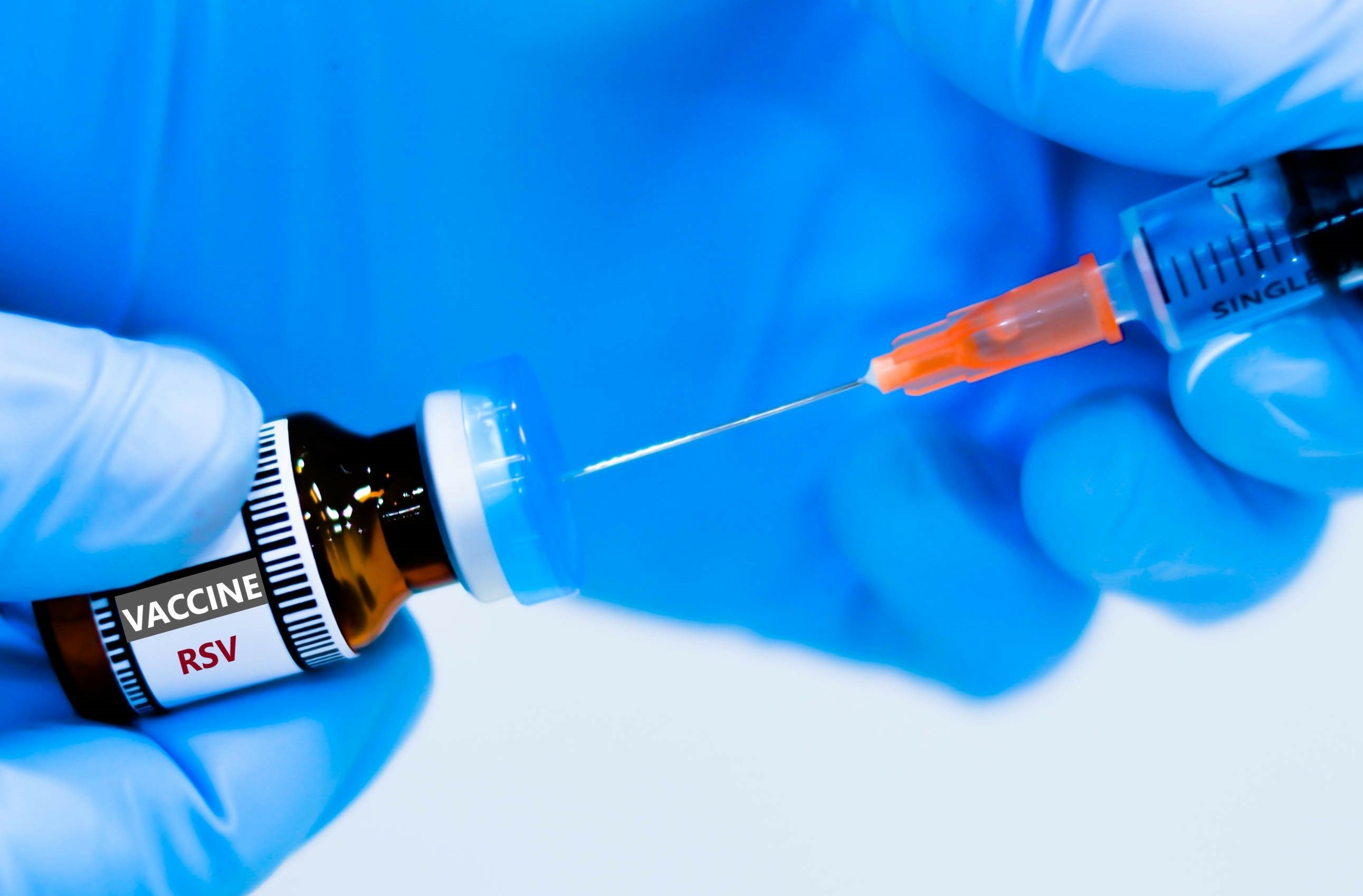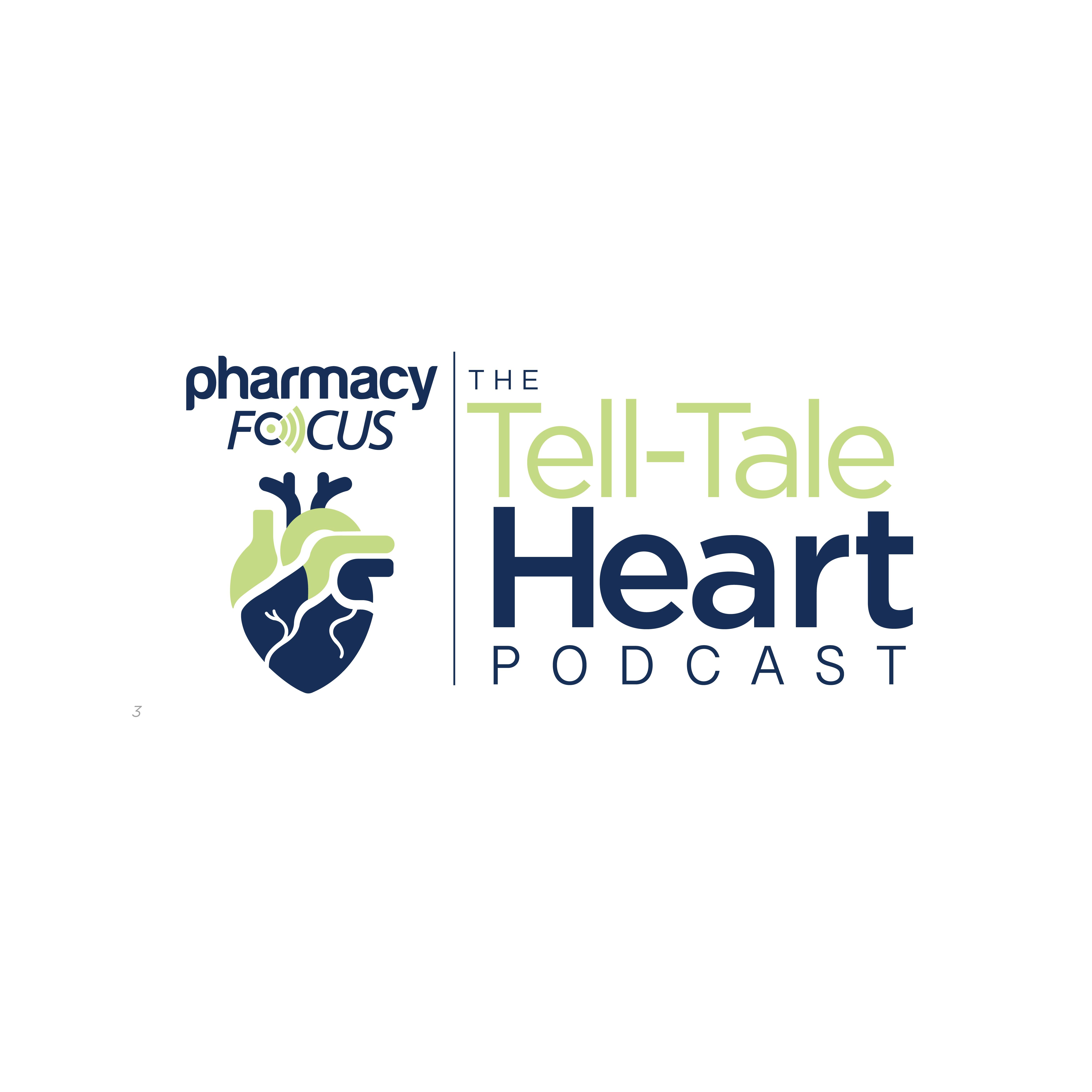News
Article
FDA Grants OPN-6602 Orphan Drug Destination for Treatment of Patients With Relapsed, Refractory Multiple Myeloma
Author(s):
Key Takeaways
- OPN-6602 targets EP300 and CBP, showing significant tumor suppression and regression in preclinical models of multiple myeloma.
- The ongoing phase 1b trial evaluates OPN-6602's safety and efficacy as monotherapy and with dexamethasone in RRMM patients.
OPN-6602 is an oral EP300/CBP bromodomain inhibitor that yielded 100% tumor regression as a combination therapy in mouse models.
OPN-6602 (Opna Bio) received an orphan drug destination (ODD) from the FDA for the treatment of patients with relapsed/refractory multiple myeloma (RRMM). This designation was based on results from a phase 1 clinical trial (NCT06433947).1
AI depiction of blood cells in a blood vessel | Image Credit: Bipul Kumar - stock.adobe.com

“We are pleased to have received ODD for OPN-6602 for the treatment of multiple myeloma [MM], a further validation of the drug’s therapeutic potential in patients with this disease who have limited treatment options once they have relapsed,” said Gideon Bollag, PhD, chief scientific officer of Opna Bio.2
MM is the second most common hematological malignancy characterized by periods of remission followed by relapse. It is incurable and prognoses typically worsen with each successive line of therapy. According to the Leukemia & Lymphoma Society, almost all patients with MM will progress to RRMM.3
OPN-6602 is an oral, small-molecule inhibitor of the E1A binding protein (EP300) and CREB-binding protein (CBP). In preclinical MM mouse models, the agent demonstrated a prolonged length of response with 71% tumor suppression when used alone and 100% tumor regression when paired with dexamethasone, pomalidomide (Pomalyst; Bristol Myers Squibb Pharmaceutical Corporation), or mezigdomide (Bristol Myers Squibb). OPN-6602 has the capacity to overcome resistance mechanisms to standard-of-care regimens and down-regulated important MM driver and hallmark genes, according to RNA sequencing of treated tumors.4
The ongoing phase 1b, dose escalation, dose expansion, multicenter, open-label is evaluating the safety and tolerability of OPN-6602 as a monotherapy and in combination with dexamethasone in patients 18 years of age and older with RRMM. Inclusion criteria for the trial are confirmed diagnosis of MM and relapsed or refractory to 3 or more different prior lines of therapy for MM that include immunomodulatory agents, proteosome inhibitors, and anti-CD38 antibodies. The researchers aim to determine the safety and efficacy of OPN-6602, as well as the safest maximum dosage.2,5
The company aims to complete the single agent, dose-escalation phase of the trial in 2026 and has plans for further development of OPN-6602 in combination with other standard-of-care agents in MM.2
The ODD for OPN-6602 highlights the ongoing challenge of treating RRMM, where patients face limited options as the disease progresses. While preclinical and early clinical data suggest potential, further investigation is needed to determine its clinical impact. As the phase 1 trial continues, key questions remain about the drug’s efficacy, safety, and place in MM treatment, particularly in combination with existing therapies.






